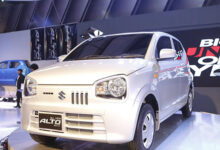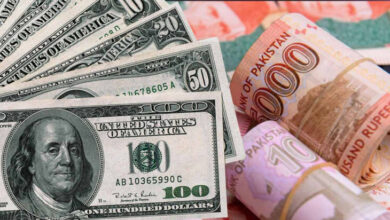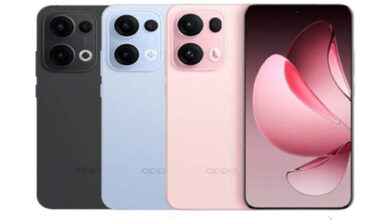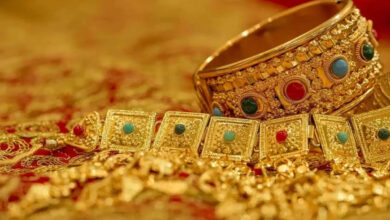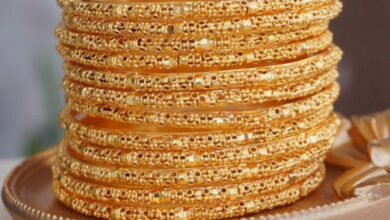Automobile Failures in Pakistan: A Look at Past Models that Failed to Impress

Islamabad:Over the past years, several car models introduced in Pakistan have struggled in the market due to various reasons including government neglect, company crises, and excessively expensive spare parts.
Suzuki Liana
Initially launched from Thailand and later manufactured locally in Pakistan, the Suzuki Liana was initially hailed as a comfortable family car. It boasted superior quality, cabin space, and performance compared to rivals like Honda City and Toyota Corolla.
However, its EFI engine, AC issues, and electronic power steering proved too complicated for local mechanics. Experts pointed out that diagnosing and maintaining the car posed significant challenges, earning it the infamous tagline “Liana, Mat Lena” (Don’t buy Liana). Its reputation suffered further due to frequent breakdowns, requiring repeated visits to mechanics and Suzuki dealerships.
Suzuki Ciaz
Suzuki’s prepared Ciaz faced market issues and failure due to its high price and poor reception. Introduced in 2014 with a focus on its CKD units, the car saw downgrades in several features such as LED headlights, digital climate control, and insulation.
With slow sales and price hikes in 2017, the Ciaz struggled to regain its footing in the market.
FAW V2
The FAW V2, known for being the cheapest 1.3L hatchback option for budget-conscious consumers in Pakistan, was launched in 2017. At that time, Chinese cars weren’t particularly popular in the country, which hindered its appeal. Moreover, its uninspiring design and low-quality plastic interior further disappointed consumers. A better design could have potentially improved its prospects.
Chevrolet Optra
The American car Chevrolet Optra, launched in 2002 by Nexus Automotive Private Limited, was admired for its drive quality and cabin space. However, its expensive spare parts due to CBUs and American imports hindered its success in the market. Despite meeting American standards and having a standard design, its high spare parts cost became a significant barrier in the Pakistani market.
United Bravo and Prince Pearl
United Bravo and Prince Pearl shared a similar fate in Pakistan. Both companies aimed to introduce an alternative to the popular 800cc Suzuki Mehran, featuring power steering, power windows, air conditioning, and attractive designs. However, to maintain budget-friendly prices, compromises were made in their build quality.
Issues such as body panel gaps, poorly installed parts, low-quality components, and headlights that deteriorated within months affected their resale value, making them unsuccessful in establishing a foothold in the Pakistani market.
These examples illustrate the challenges faced by various car models in Pakistan, highlighting the complexities of the automotive industry in meeting consumer expectations and market demands.
